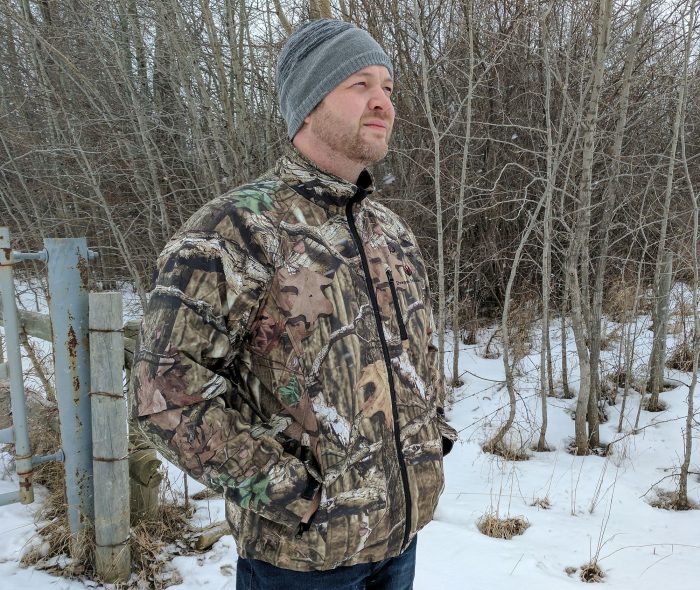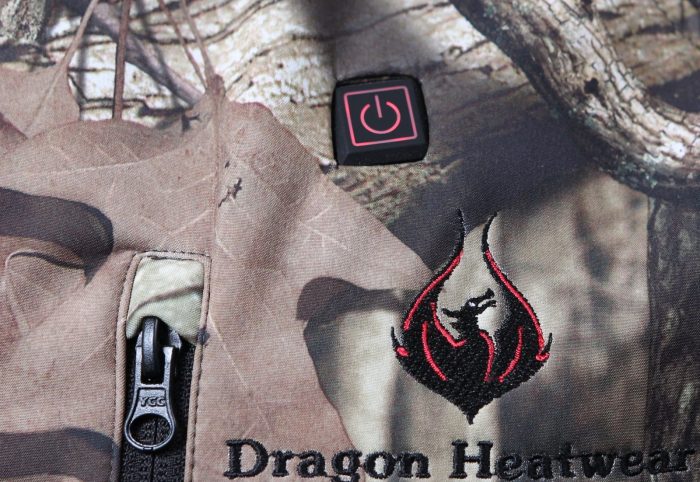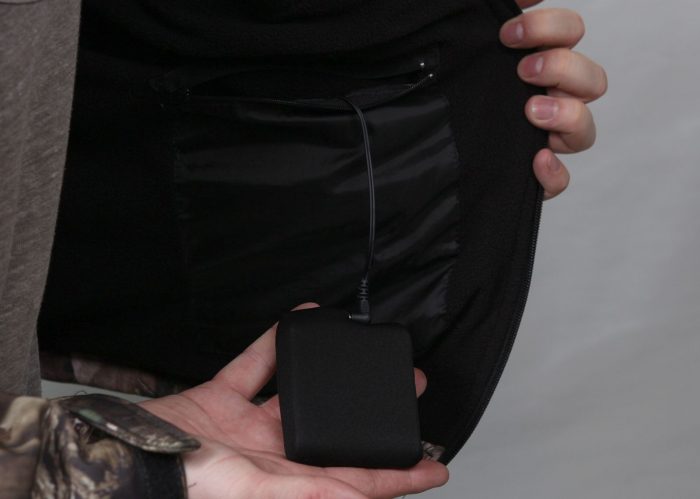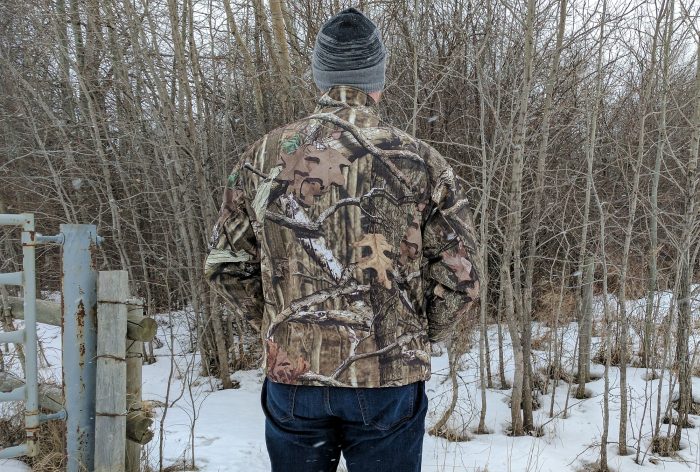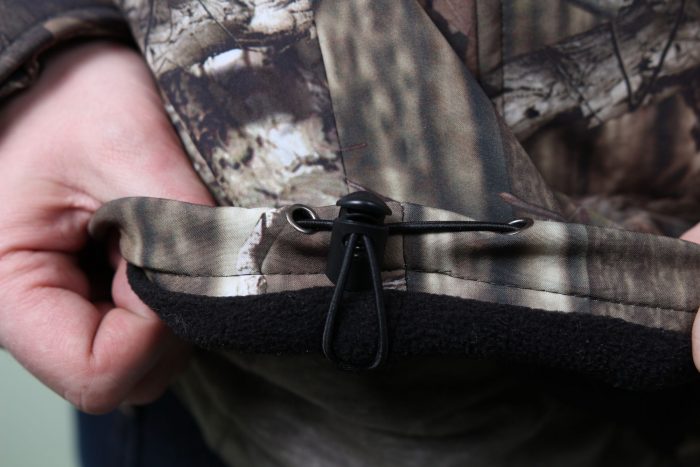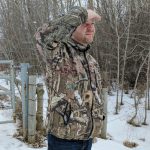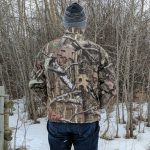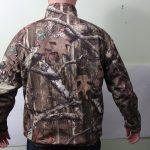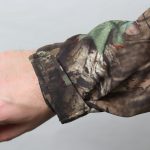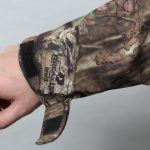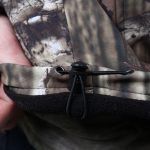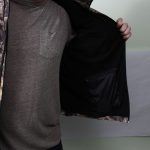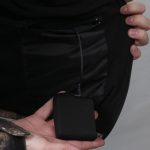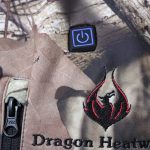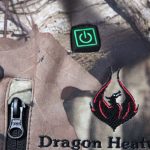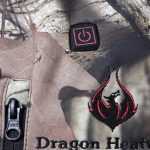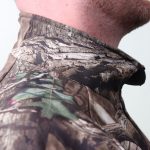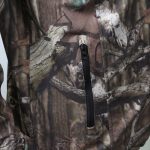Cold Weather Jackets
My normal setup for hunting season is to layer up. Base layer, mid layer, maybe a sweater if it’s really cold, and then a choice between light, medium and heavy duty jackets. If you’re going to head into the back country, you’ll likely need a backpack to store layers and/or a premium jacket that has quick access zippers to cool you off and vent humidity when you’re hiking. My heavy duty winter jacket doesn’t breathe very well, so on chilly mornings I pretty much have to hike with it completely unzipped and then attempt to quietly zip it up once I get to the spot I’m hunting at. It’s not ideal, but I have to do it because my medium jacket isn’t warm enough on super cold days. The other problem is that when still hunting from a blind, it seems like all the layers in the world aren’t enough because you can’t move. On really cold days, I use chemically activated heating packets in my boots and sometimes in my pockets but I’d rather not rely on these a lot as the plastic makes noise in the cold. What if I had a medium duty jacket that could switch hit as a heavy duty jacket? I asked Dragon Heatwear to send me one of their $200 Wyvern Heated Jackets to see if I could run a trim, light-weight jacket and use the heating elements to adjust for the difference between the hike and the 3 hours waiting in the cold. They kindly obliged and sent me one for this review.
Heated Jackets in Use
Electrically heated jackets use a battery hidden in one of the pockets and have wires and heating elements sewn in. The Wyvern jacket uses 3 zones: 2 on the upper chest and 1 large one across the back. Those are controlled via a soft touch, LED-lit button on the upper left chest area. Hold for a second and it cycles through the colors to indicate that it has turned on, and it settles on Red, the highest setting. With each subsequent press, it changes color and heat settings: blue for medium, green for low. Hold the button for a second and it turns off the jacket. Pretty easy to use. Since I don’t have calibrated equipment to measure heat output, I thought I’d use some funnier measurements:
Green: the lowest heat setting. I can’t really feel the back element too much at this setting, but the fronts are working well. Like packing around a ferret in your pocket.
Blue: the medium heat setting. The back is now more noticeable and the front elements are doing their job. You took a nap on the couch and a cat decided to sleep on your chest.
Red: the highest heat setting. The front elements are nice and toasty now. That front pocket can be used to quickly warm up a cold hand. This really feels similar to chemical heating pouches because the jacket heating elements are much warmer than you.
Heated Jacket Batteries
I’m going to nerd out a bit here on the batteries. The short story is that this jacket uses a well optimized setup for their battery pack that is a smarter choice than competitors. Read on for the gory details, or skip to the next section to save yourself.
Battery packs was one area where heated jackets take a different approach. Some use a big honking battery, others use smaller ones, and surprisingly to me, most use power tool batteries. The Wyvern heated jacket uses a proprietary battery pack in a soft, neoprene wrap. Just from feeling the battery pack from the outside, it feels like it’s a pack of (4) 18650 batteries. 18650 batteries are a common high power rechargeable battery used in everything from high power flashlights to laptops to powering Tesla electric cars. They’re a good choice for a use like this because they store a ton of juice and they don’t mind being partially discharged. All in all, they’re a solid choice for a jacket battery. The battery pack claims 7.4 volts and 4400 mAh of capacity and that seems about right for 2 pairs of 18650’s in series. On the lowest power setting, Dragon Heat Wear claims the Wyvern jacket is good for 15 hours of life, so I don’t think a larger, heavier battery would be really necessary. As I was shopping around for research, I saw some jackets claiming ridiculous amounts of power such as a 12V 12000 mAh battery. That’d amount to (15) 18650 batteries, and would be about 4X heavier than this setup. I’d really dislike having that amount of weight pulling on my jacket. For the use of going hunting in a morning or afternoon, it’s unnecessary to carry around that much weight. Just charge up the next time you’re at the hunting camp.
The battery pack sits in a large interior pocket and connects via a decently beefy barrel connector for power. It would have been nice for the battery to sit in a smaller dedicated pocket, but I’d use this pocket for storing hunting tags, a knife, and other rarely needed items as well. Since the battery is wrapped in that soft material, it didn’t clunk against other pocket junk or really move around in the pocket much.
Carbon Fiber Heating Elements vs Steel
This may speak to my lack of experience in heating elements, but the Wyvern uses carbon fiber heating elements instead of wire. As I was browsing through the many heated jackets I looked at, the common thread seemed to be that the carbon fiber ones could be machine washed while the steel ones could only be hand washed. Might just be something I noticed that’s not a thing, but the Wyvern and most other carbon fiber element jackets can be machine washed. Just make sure to remove the battery and zip up the pocket so the cord doesn’t get snagged.
Other Electric Heated Jackets
While I was researching competition, I found that most of the electric tool companies out there also had heated jackets. The heated jackets run off their tool batteries. So Makita, Dewalt, Bosch, Milwaukee and others are in the jacket business as a way to keep commonality with their tool batteries. If you’re a carpenter or roofer working all Winter outside on a job site, this would be the way to go. For hunters or people who don’t live their lives around power tools, the much smaller sizes, weight and better optimized capacity of a more dedicated battery pack will make for a better experience. Running around the woods with a drill battery in my pocket isn’t my idea of fun. Some of these jackets also came with phone chargers. I could see some use for a phone charger if you were going on an all-day hunt or if your job was outside all day, but they’re not necessary for the kind of morning and evening hunts that I do. Most of these jackets also only offer 6 hours of heating on the lowest setting. Not a problem if you’re on a job site with a charger constantly juicing up your power tool batteries, but not the greatest if you’re out in the woods.
There are also electric heated base layers that are an alternative to a heated jacket like this. Heated base layers lose less heat to the environment because they have more insulation on the outside, but they’re a bit tougher to temperature regulate since they’re nearer to your skin. There are also heated vests. I’m not really a vest guy (don’t you want your arms warm too??)
The Jacket
Finally, let’s talk about the jacket itself. The Wyvern has 3 external pockets: 2 standard zip-up hand pockets and 1 vertical pocket over the left breast that works great for a phone. That phone pocket gets some heat too, so your phone won’t freeze and kill the battery. My heavy duty winter jacket has a decent pocket that I’d love to use for my phone, but it gets so damn cold in that pocket that if I try to use it, the screen responds really slowly. That can’t be good for my phone. The hand pockets and phone pocket on the Wyvern are all fleece-lined. There’s not really a lot of pocket storage on this jacket as it tries to be trim.
The Wyvern uses a Mossy Oak licensed camo pattern that will blend in well where there are lots of browns and just a bit of snow.
The inside of the jacket is a soft fleece material while the outside is a polyester soft shell that is water and wind resistant. The outside material on hunting clothes is always a struggle because softer materials will get wet easier, fail to stop wind, and stick to snow, while harder materials are much louder when they swipe against each other (think of your snow pants as a kid and the constant swiping sound they made as you walk.) The Wyvern uses a good compromise material for the outside shell that is very tight against wind and water, and isn’t obnoxiously loud. It’s also decently stretchy.
The bottom hem of the jacket uses an adjustable bungee to keep snug along your waist while the cuffs use Velcro to adjust. The jacket material gives a bit, so the cuffs can be set snug and they’ll still allow for some movement. All the zippers feature covered teeth and the main zipper uses a fabric piece behind to give additional wind resistance.
I’d describe the jacket as a medium weight, medium duty jacket on its own. I wouldn’t choose this jacket for -20C (-4F) weather on its own, but with active heating it’s surprisingly capable of tackling cold weather. You’ll still need to pair it with a good balaclava and warm gloves but as a Canadian, I have both of those in spades. And if you really want to stick it out for long hours in the cold, heated insoles, heated socks, or chemically activated heaters for your boots will be necessary. Personally, I can’t sit still that long without freezing my toes.
I picked a jacket in Large and I’ll describe how it fit. Normally, I wear XL t-shirts. The jacket arms aren’t baggy, the cut on the body sticks close enough without being baggy at all. If I put a big bad sweater on underneath, it’s going to be snug. I would describe the collar as form fitting. It’s not a tight fit to the neck and I know that some people don’t like tight neck collars on jackets, but it’s close enough that it won’t get in the way. Arm length (I’m 6′ tall) is perfect and the sleeve doesn’t pull away. It’s so hard to get a jacket or shirt that fits my arm length and isn’t overly bulky around the gut.
Summary
Since I got this jacket, my heavy duty jacket has sat in the closet, totally unused. And it’s not for lack of the weather trying as most weeks here have been hovering around -20C and we’ve had a few weeks where it was closer to -25 to -30C. At the shooting range last weekend it was -18C and I was just fine. A few times, I had to stick my right hand in the front pocket to warm up my frozen fingers but otherwise, it was very doable. I think that’s the point of a jacket like this: you can wear less, sweat less, and then power it up when you’ve been sitting a while and you start cooling off. If hiking out to a spot and then sitting for hours on end shivering your butt off sounds like the style of hunting you do, check out a heated jacket like the Dragon Heatwear Wyvern.

